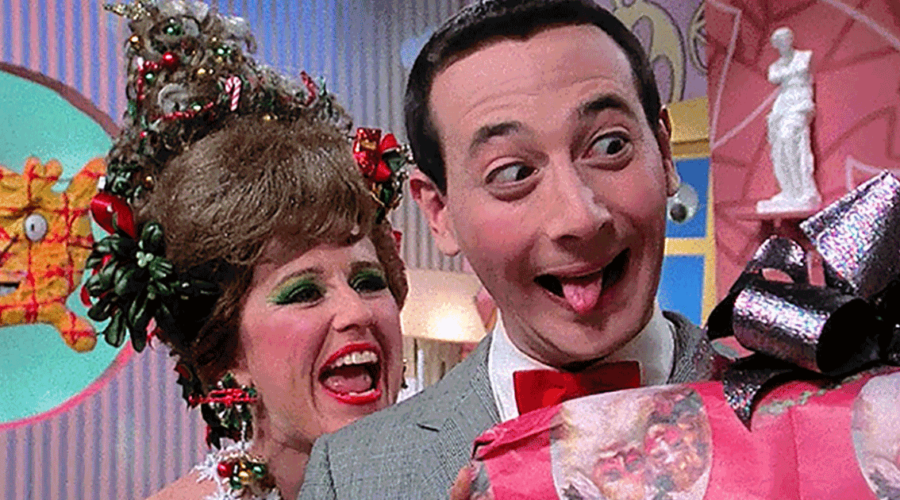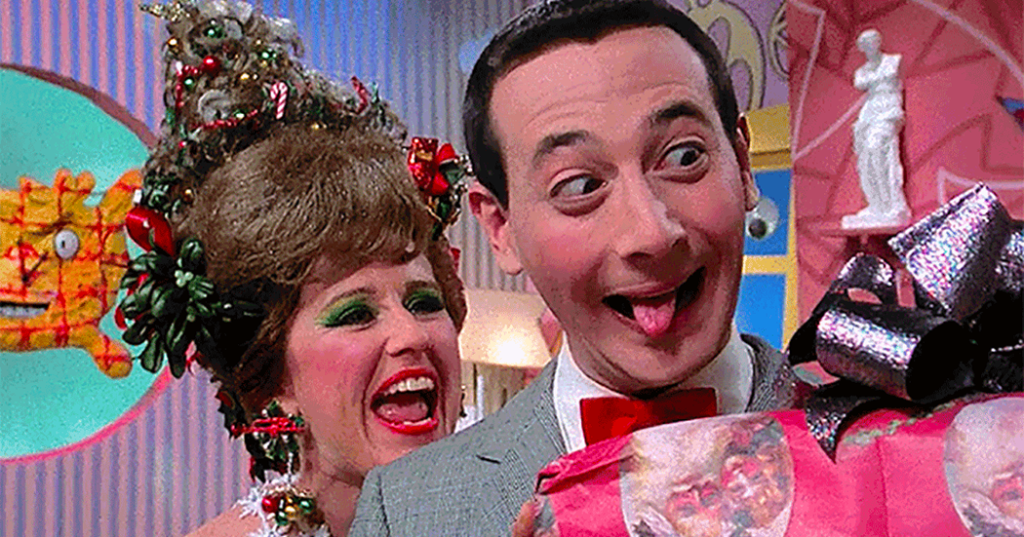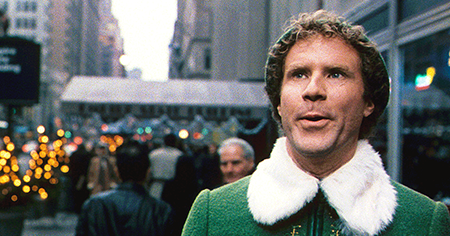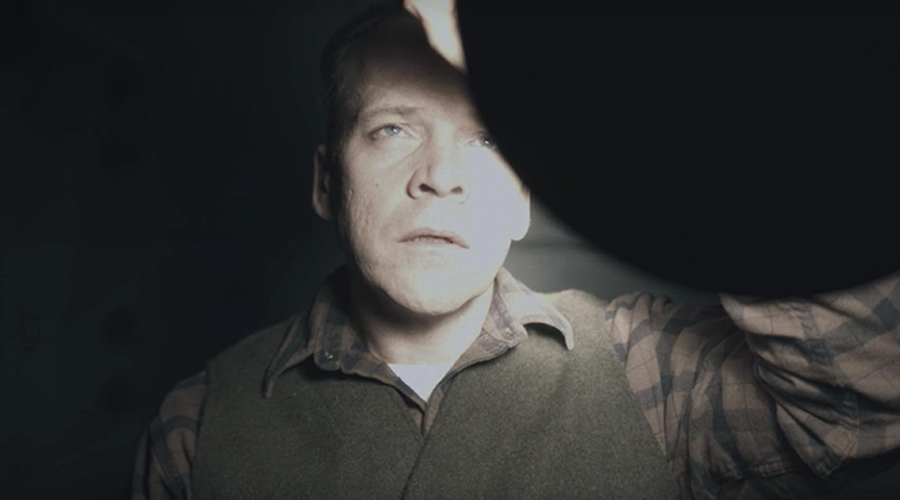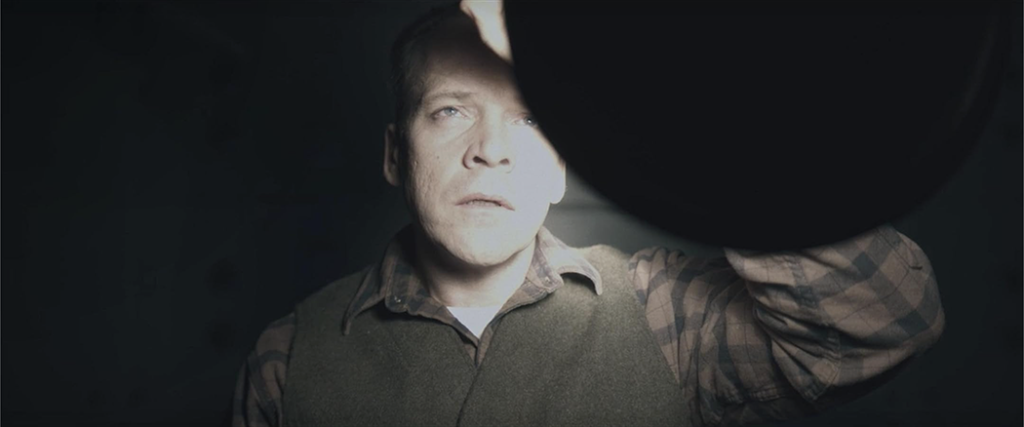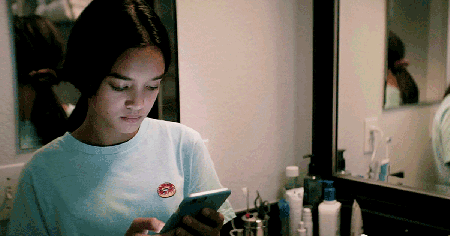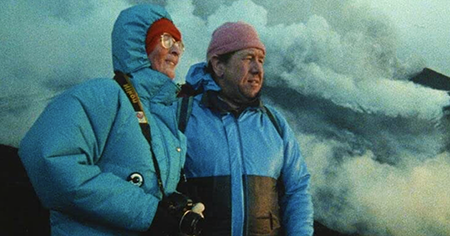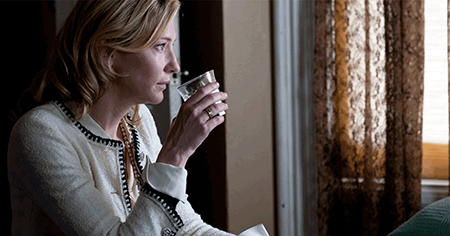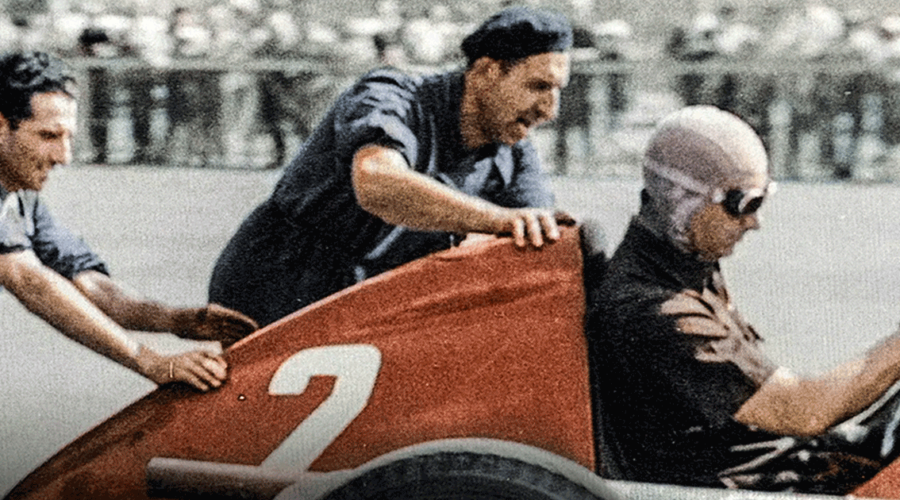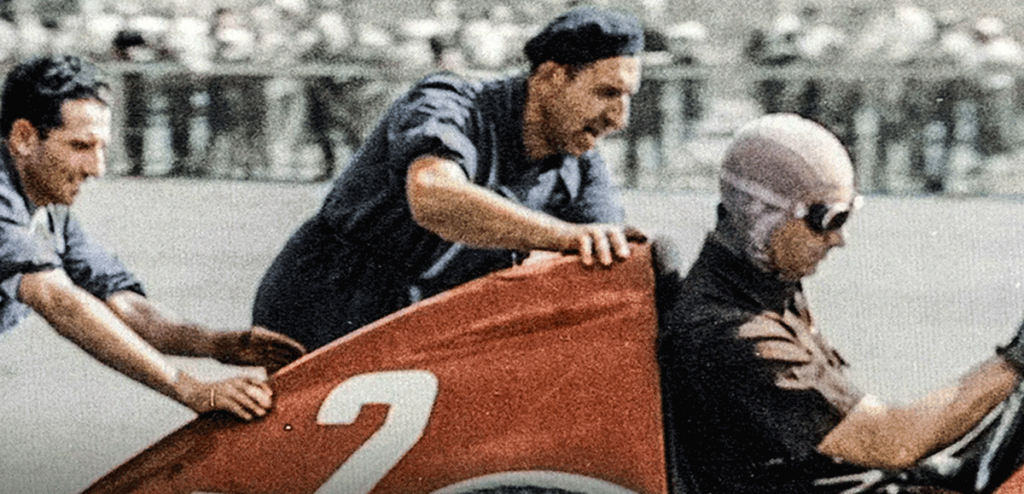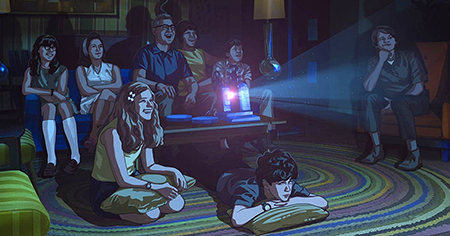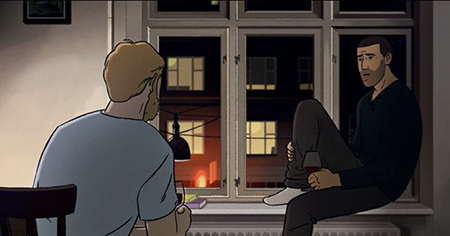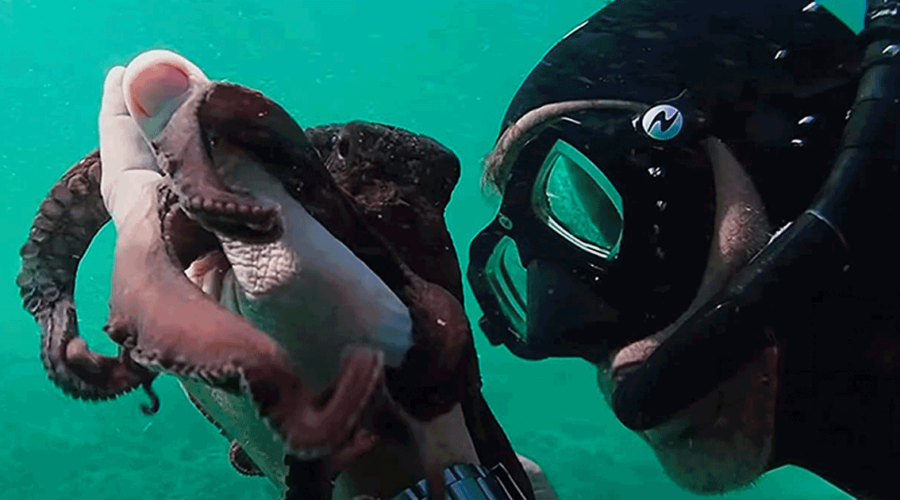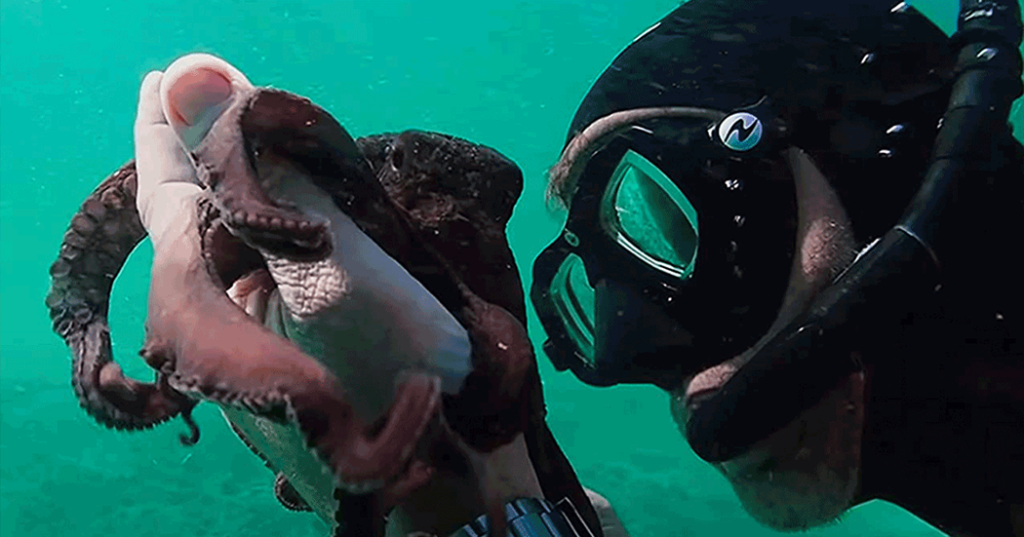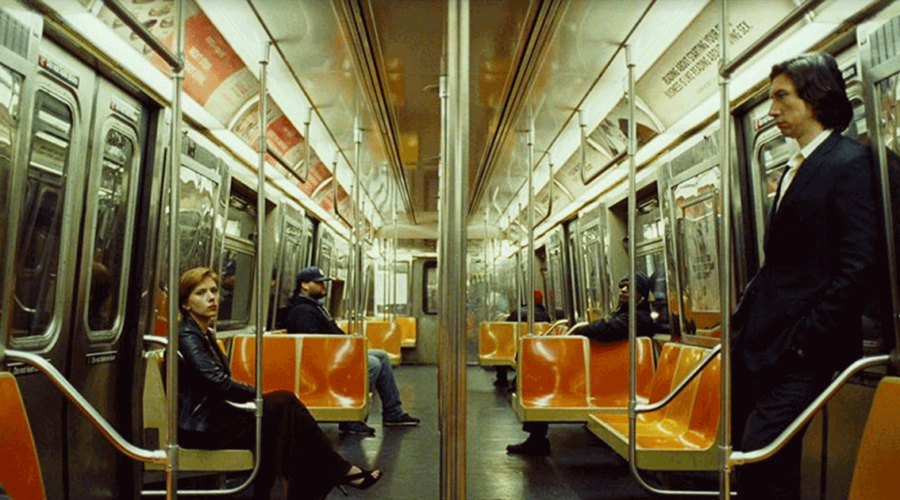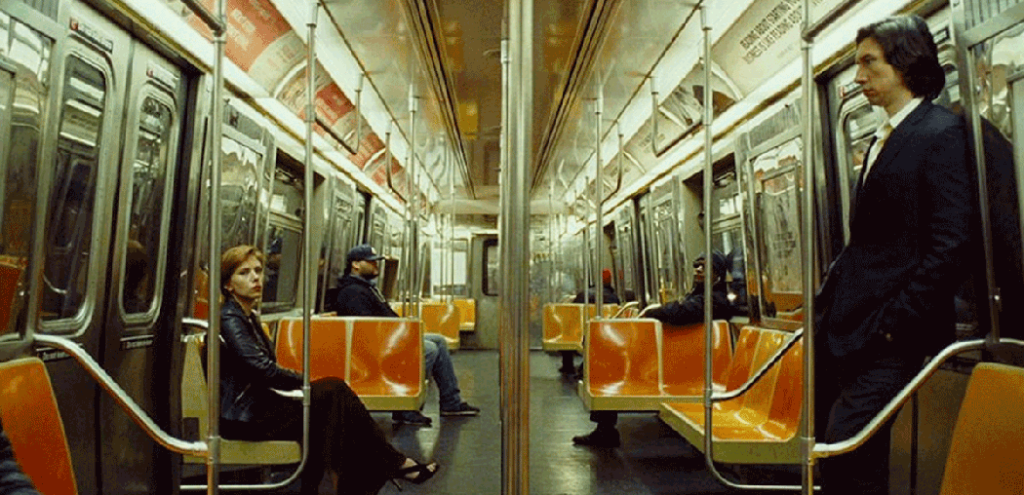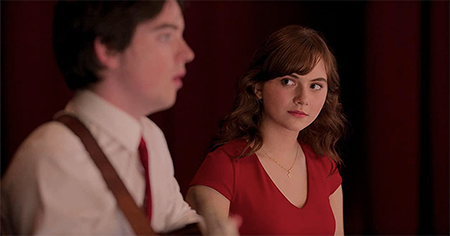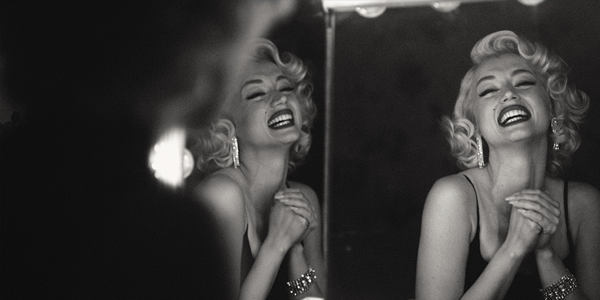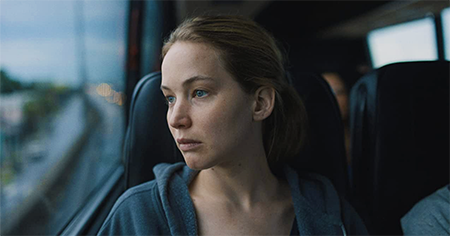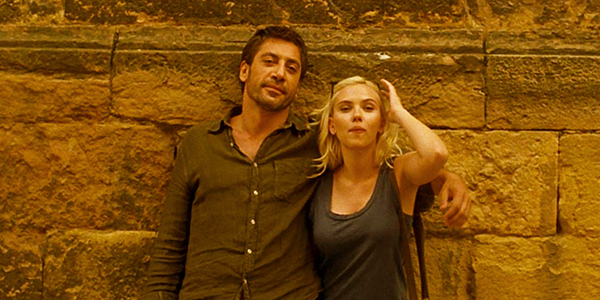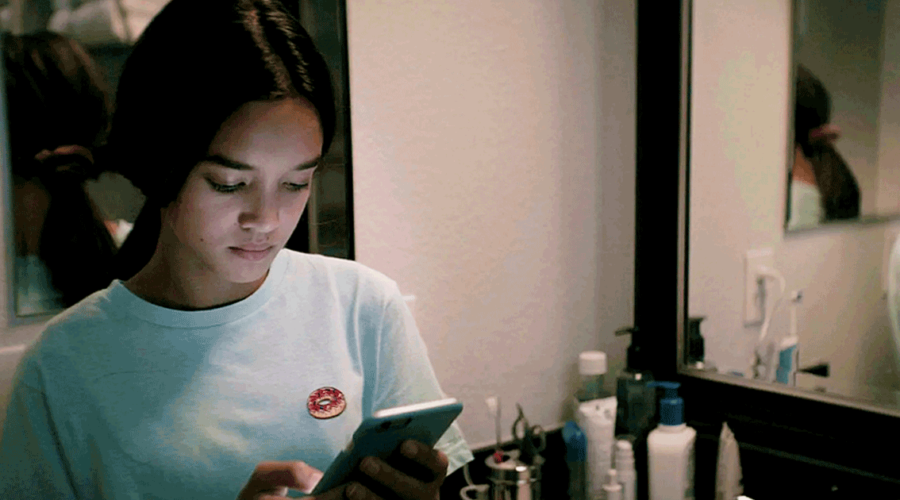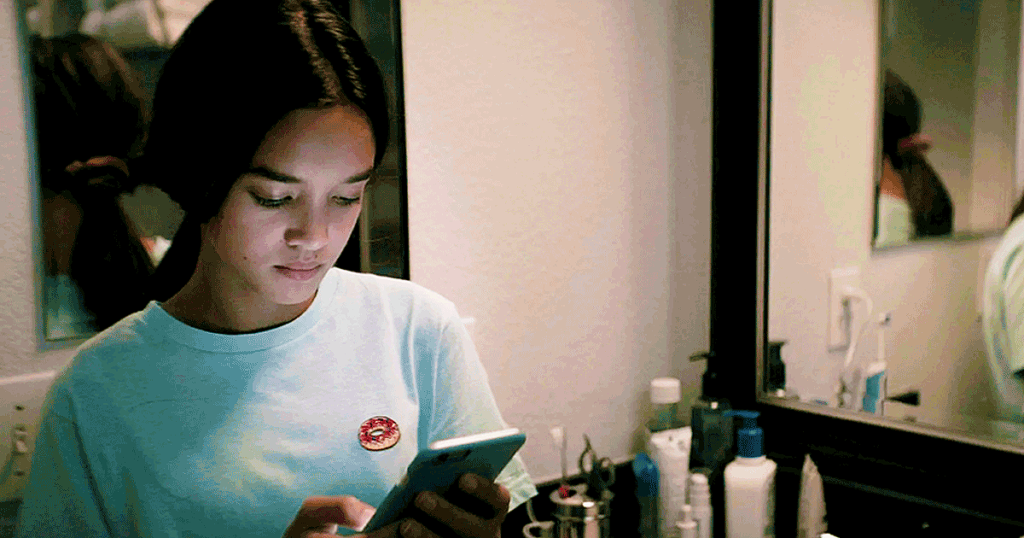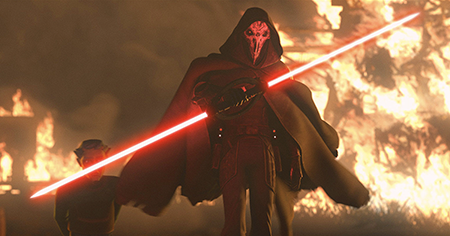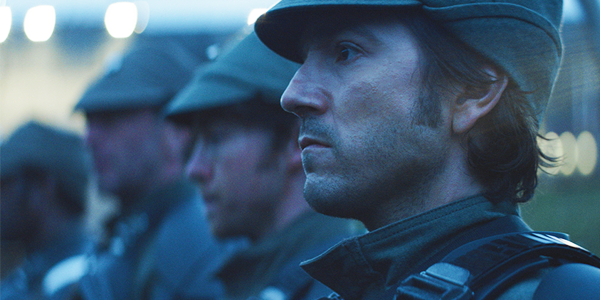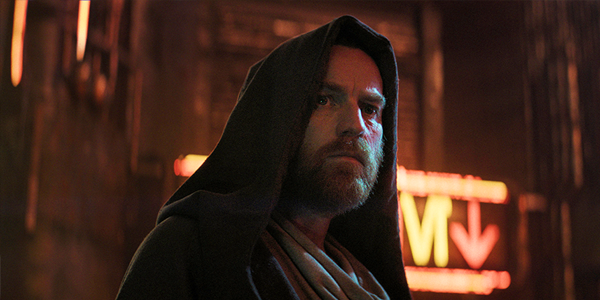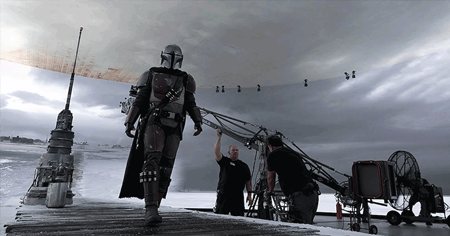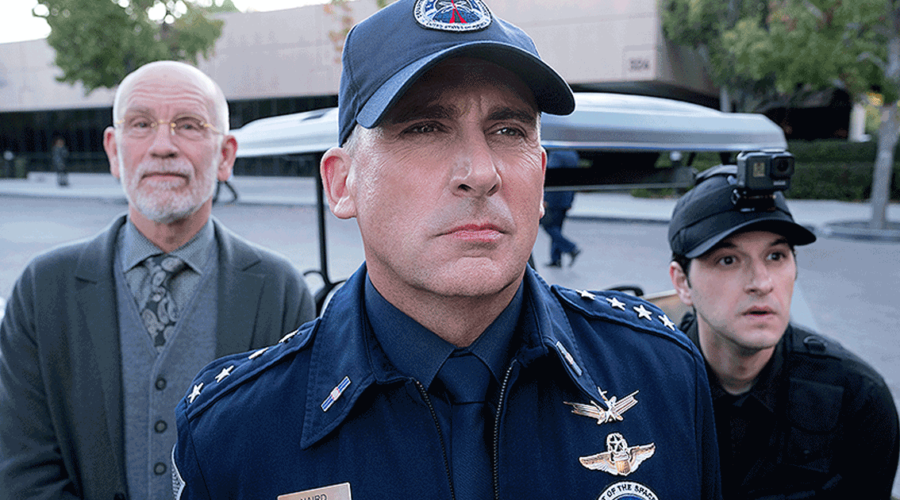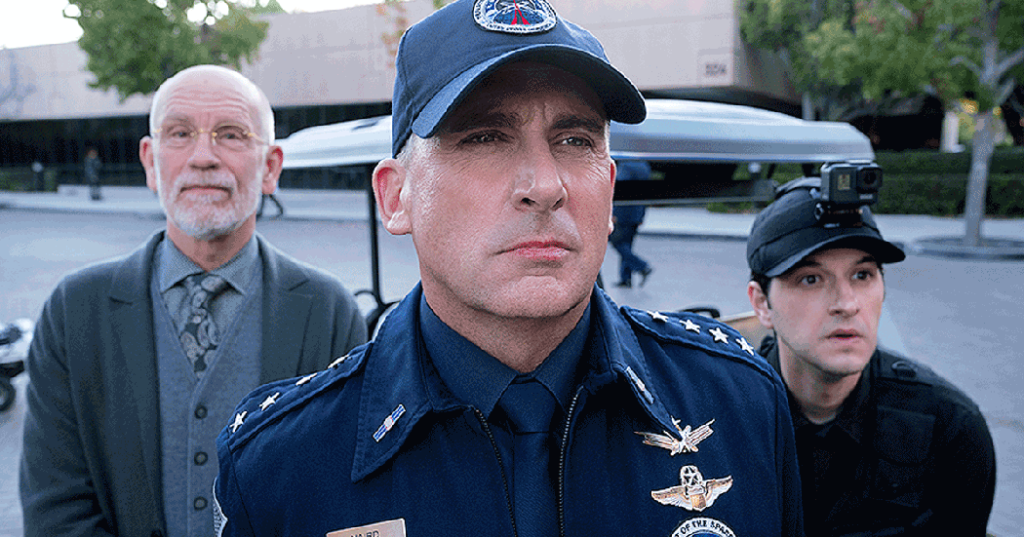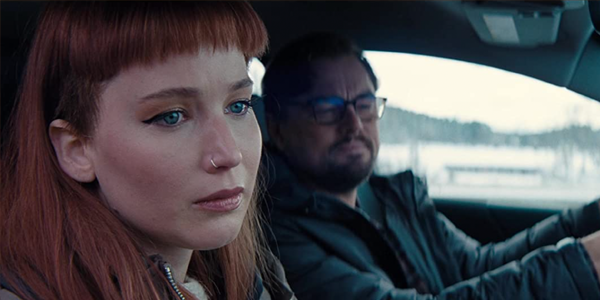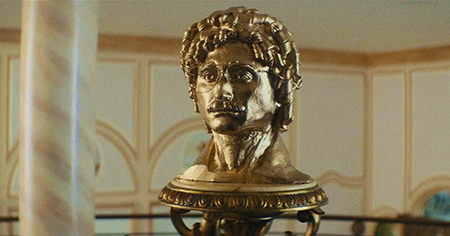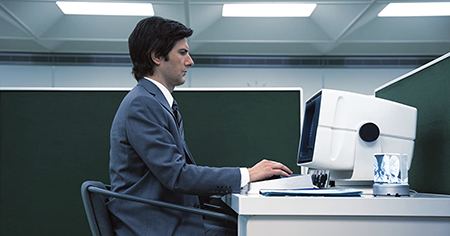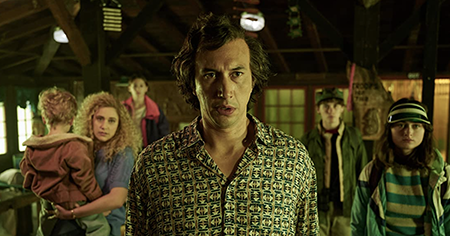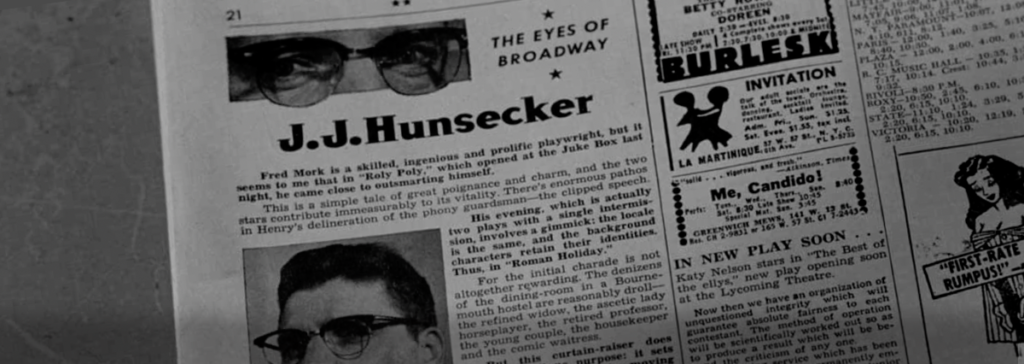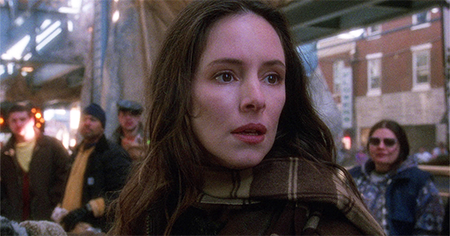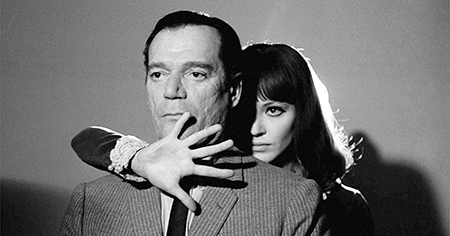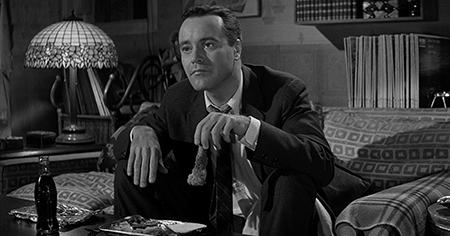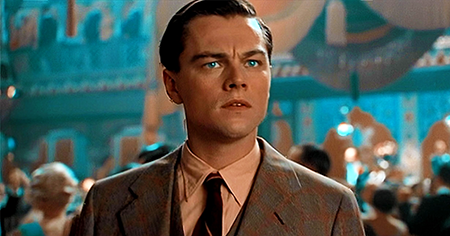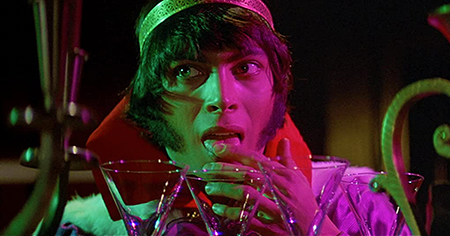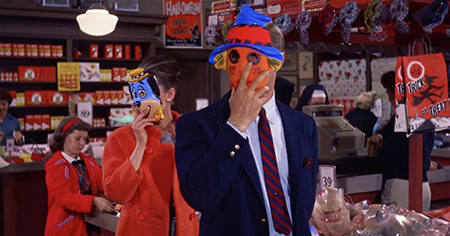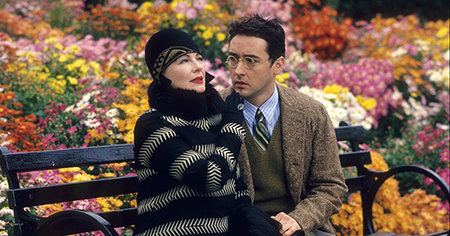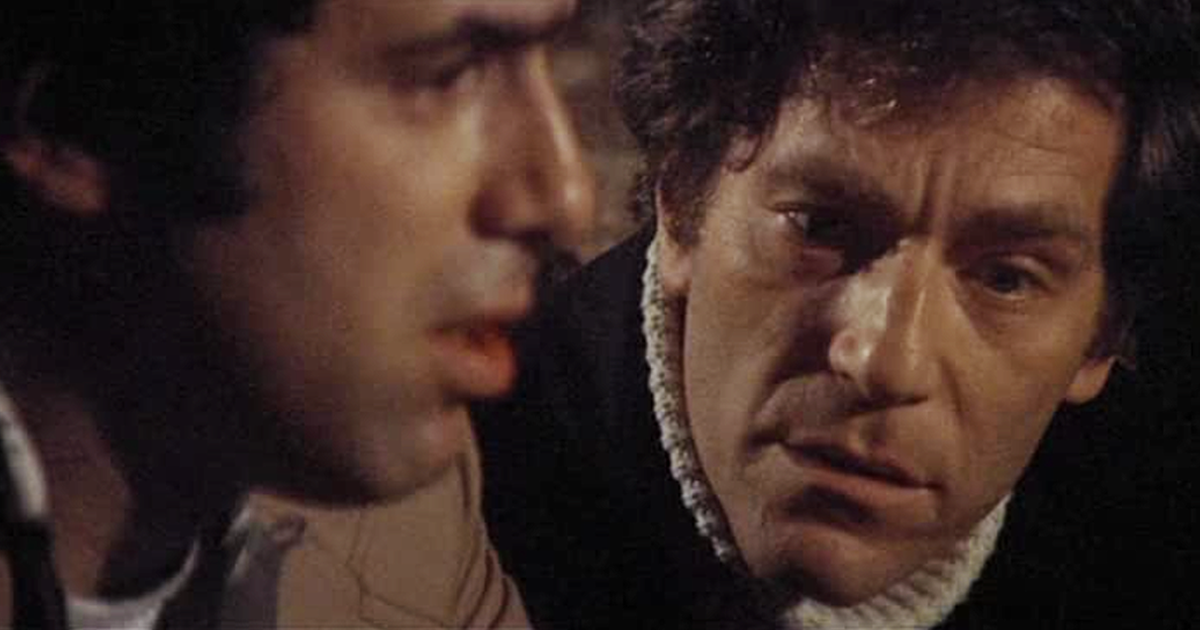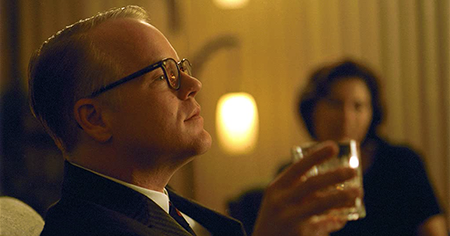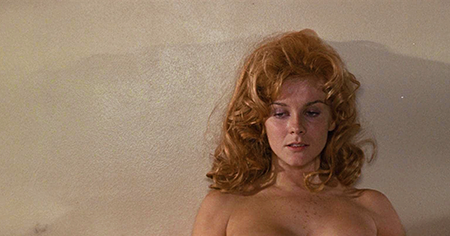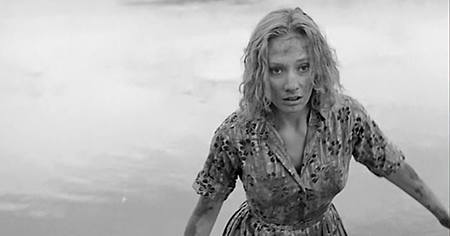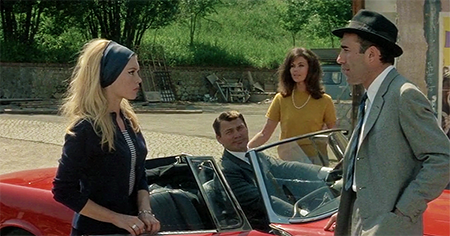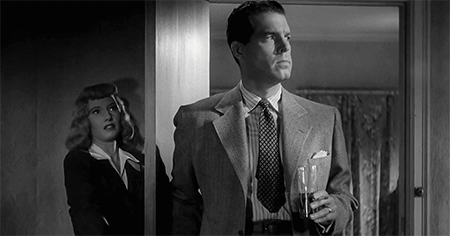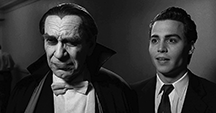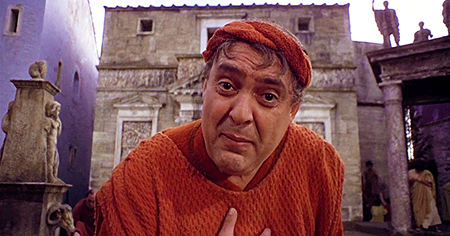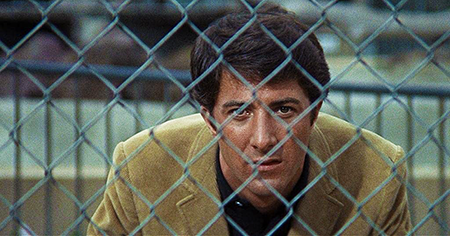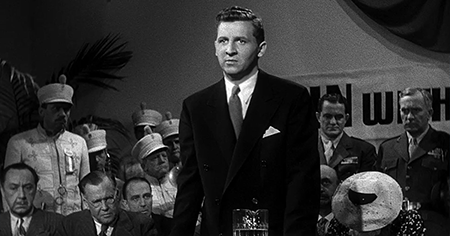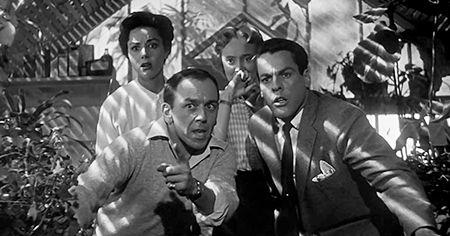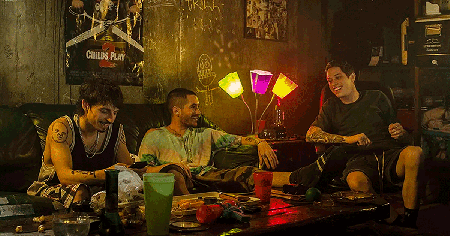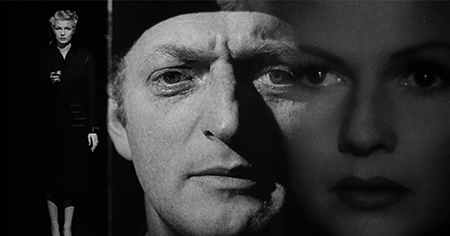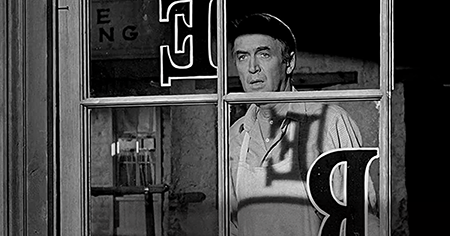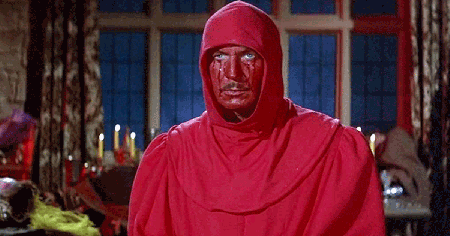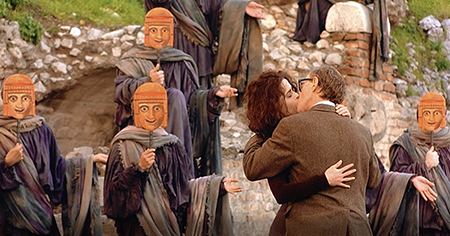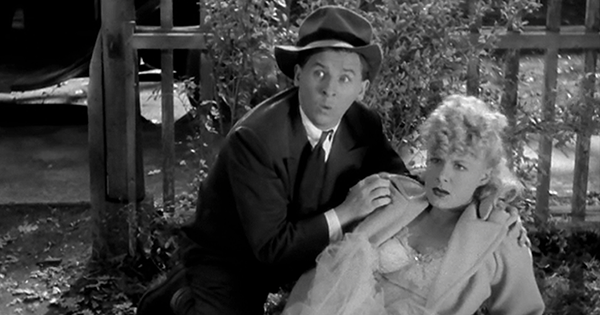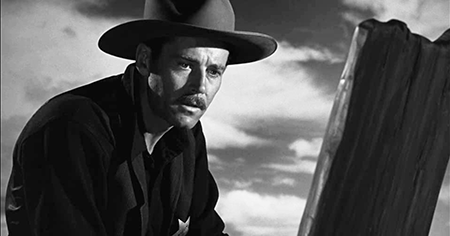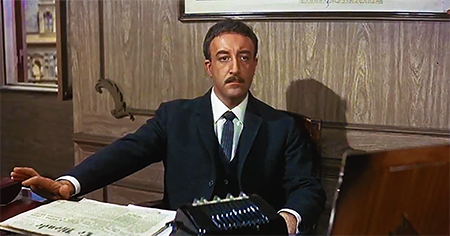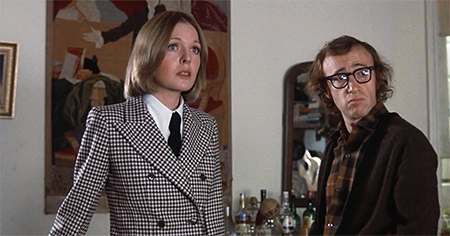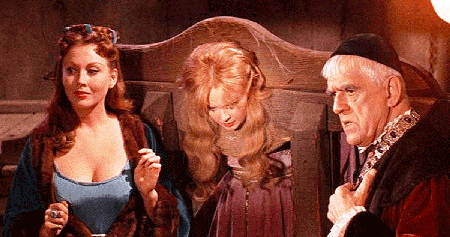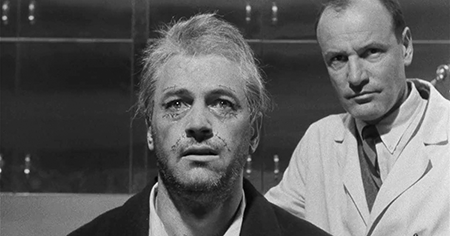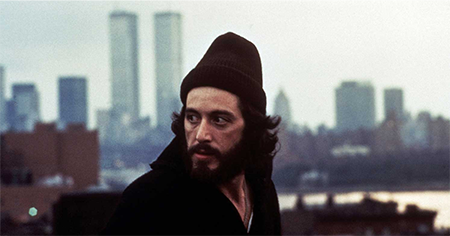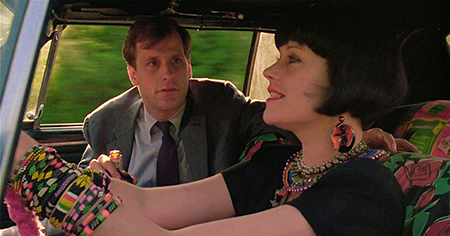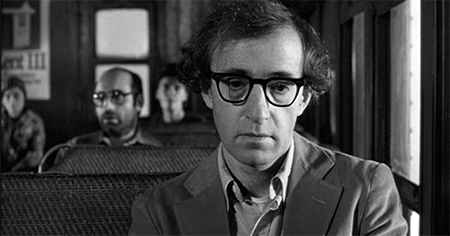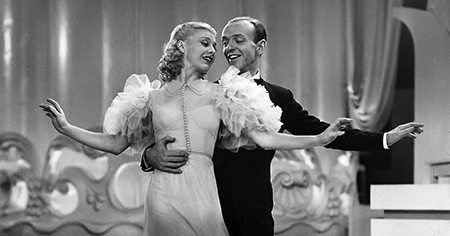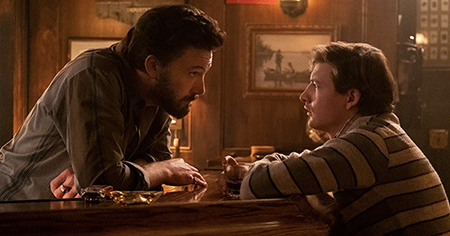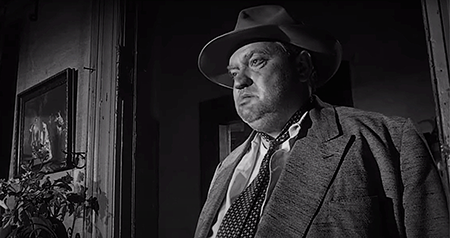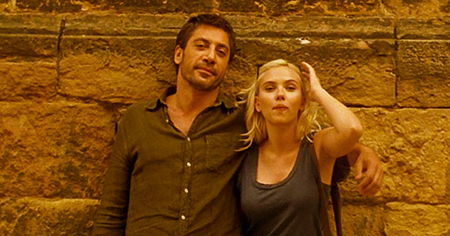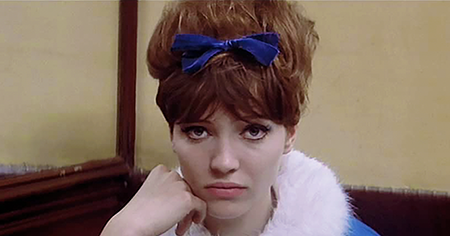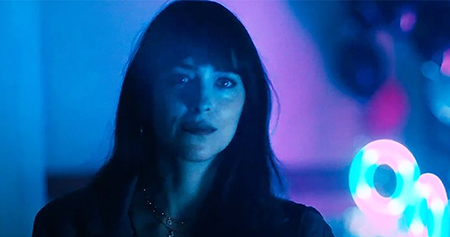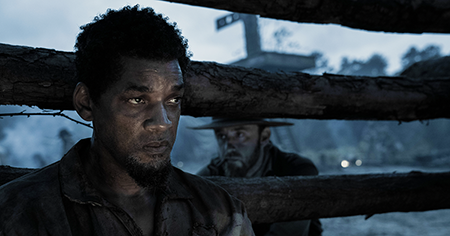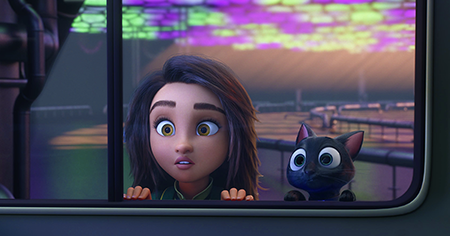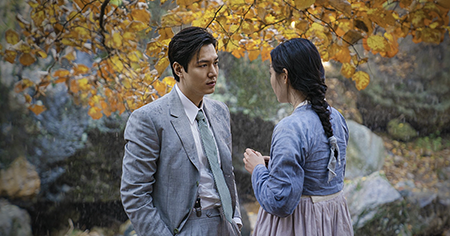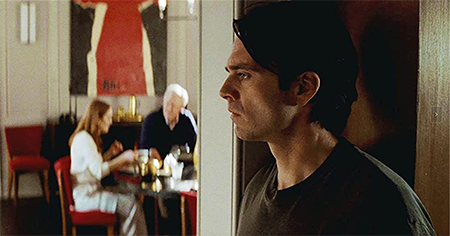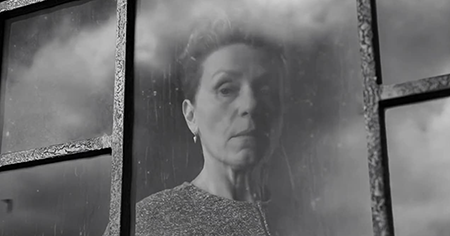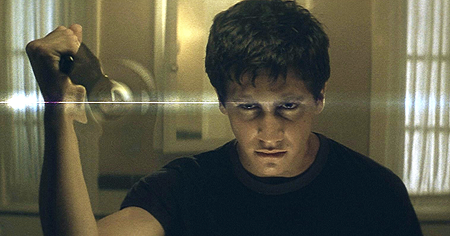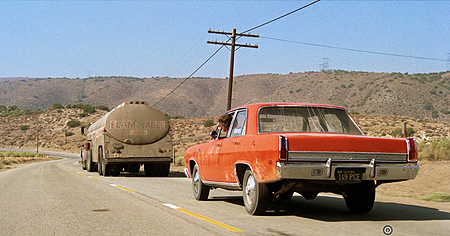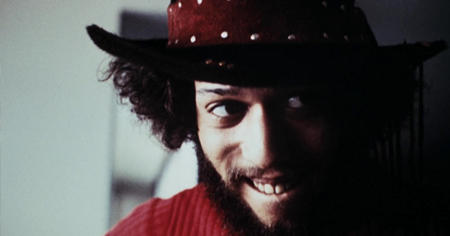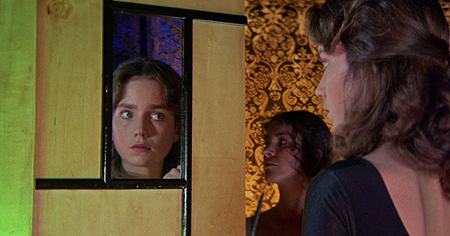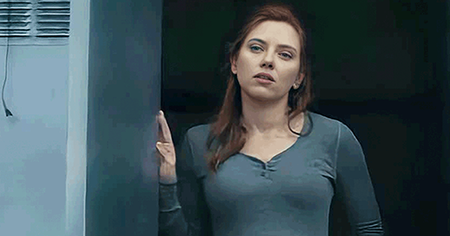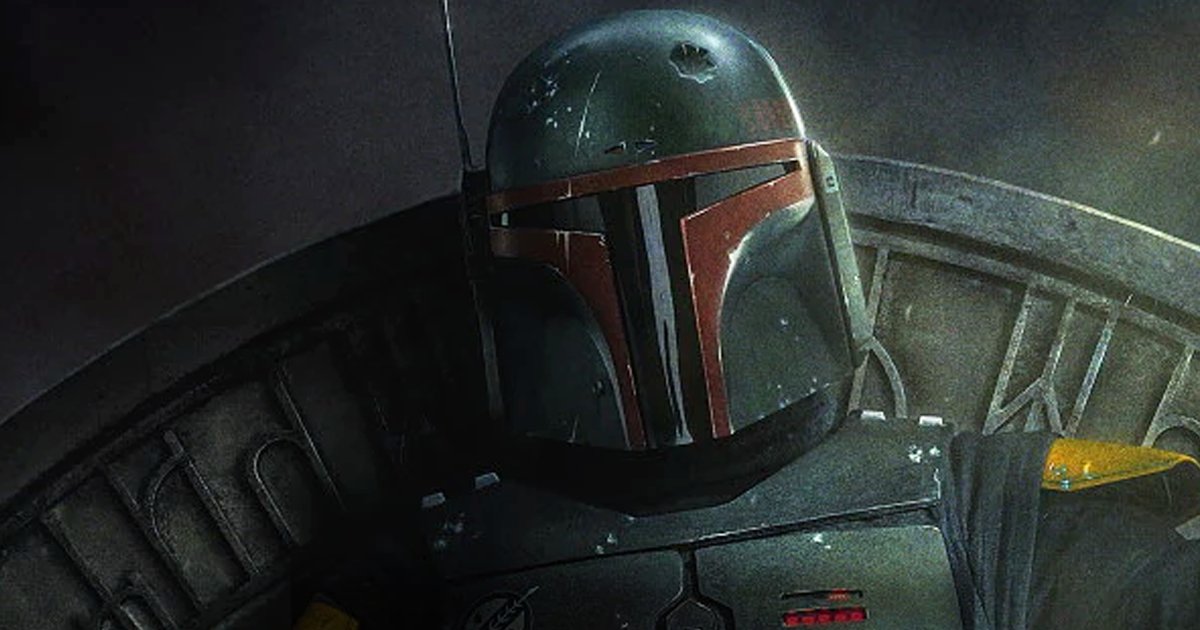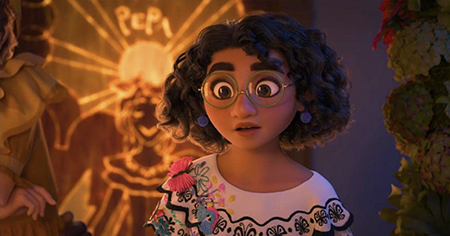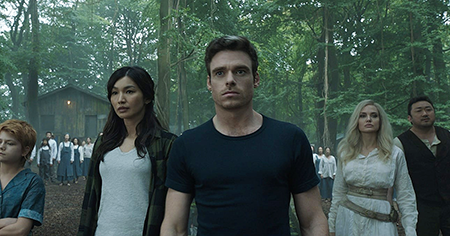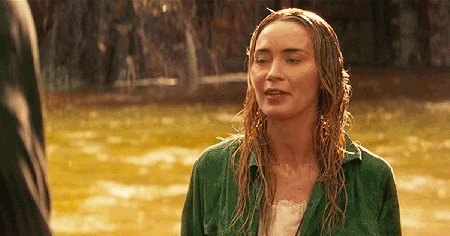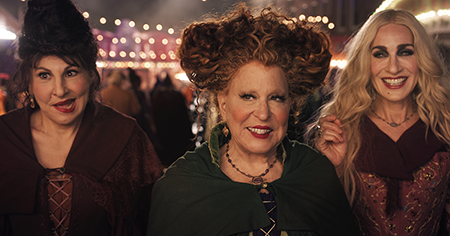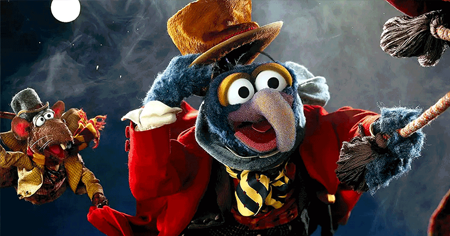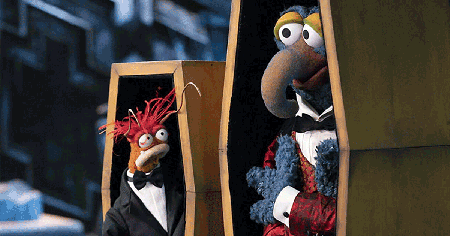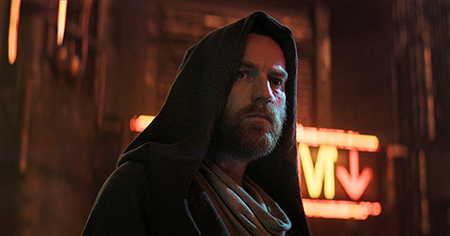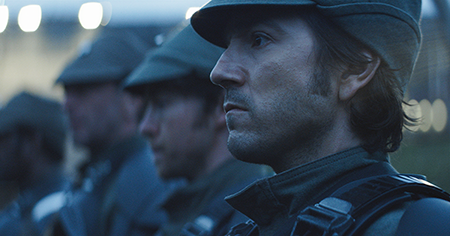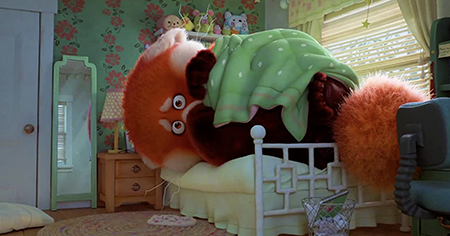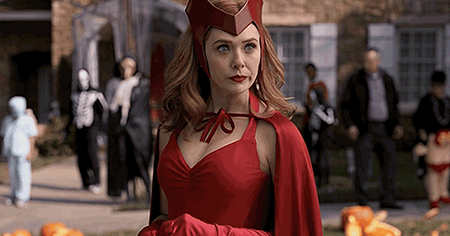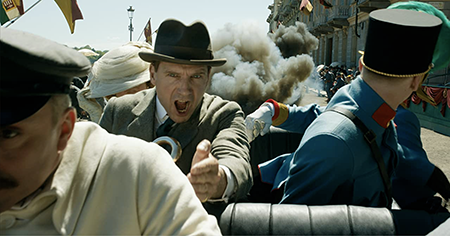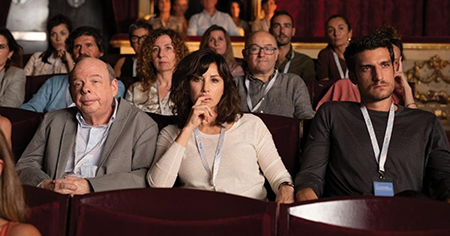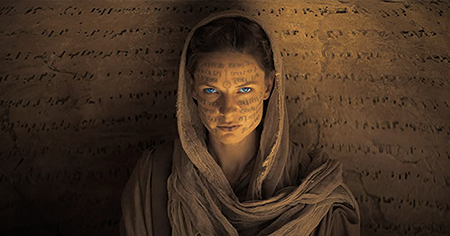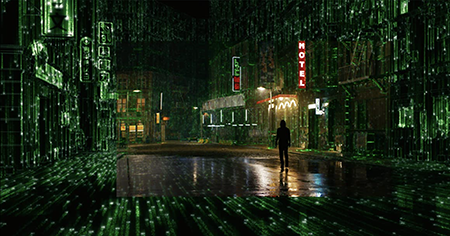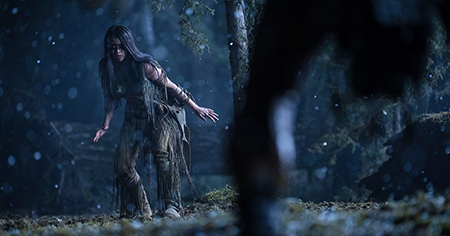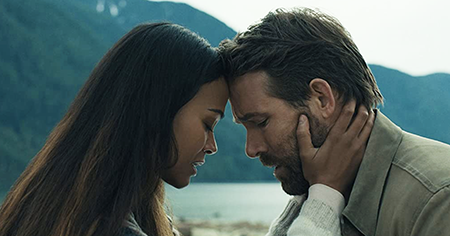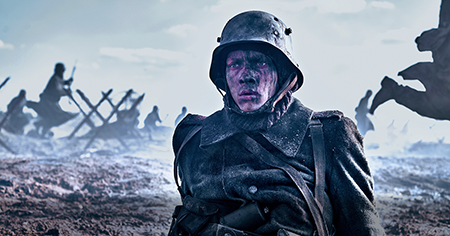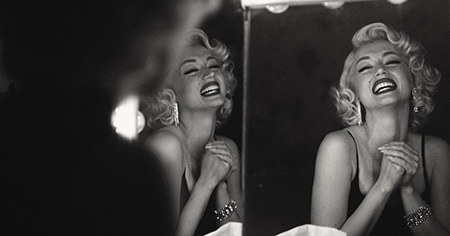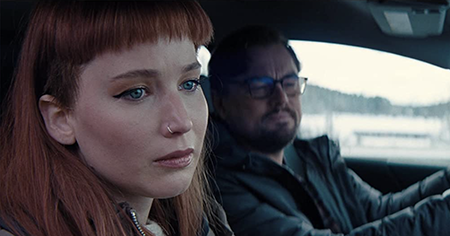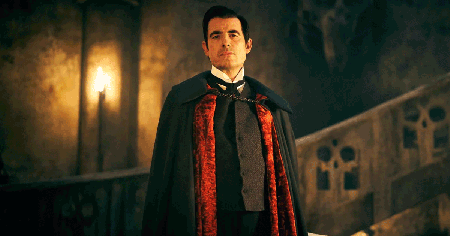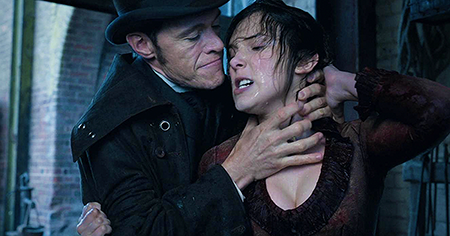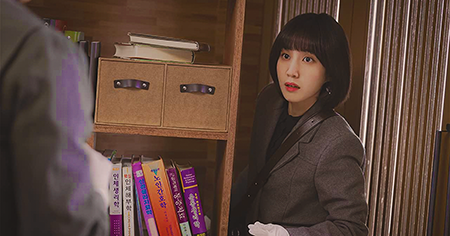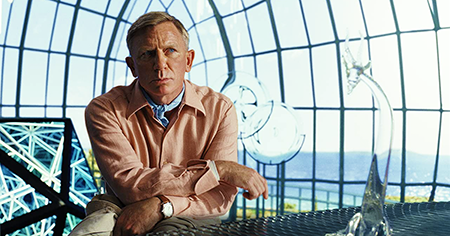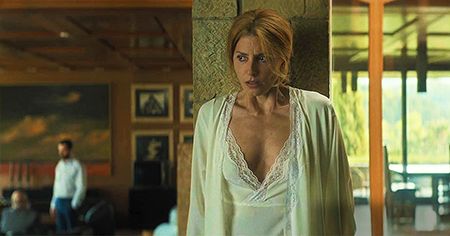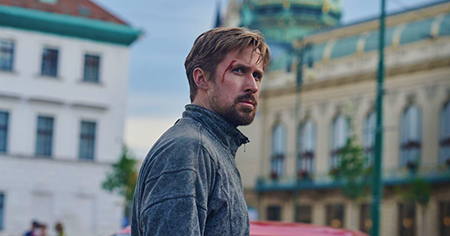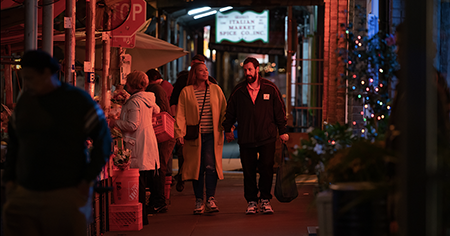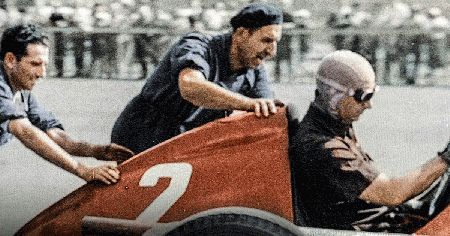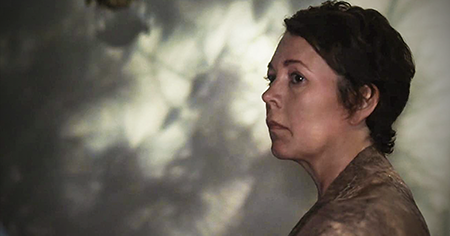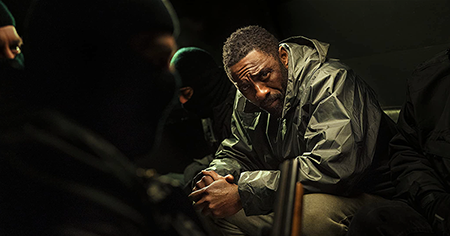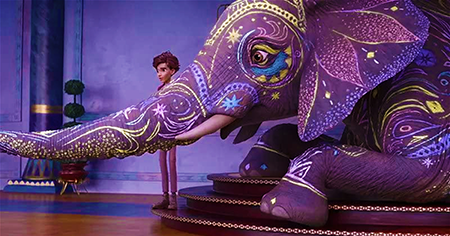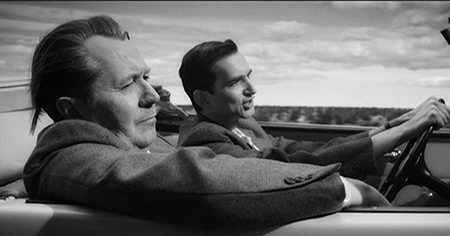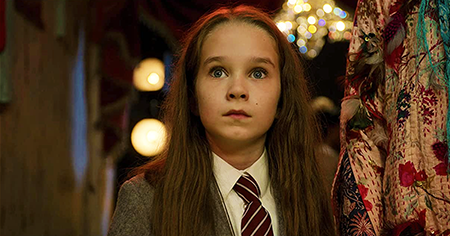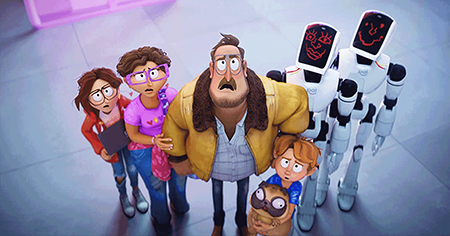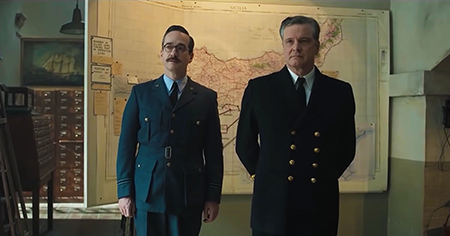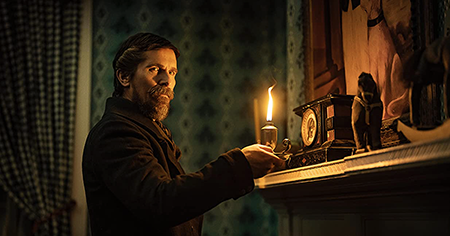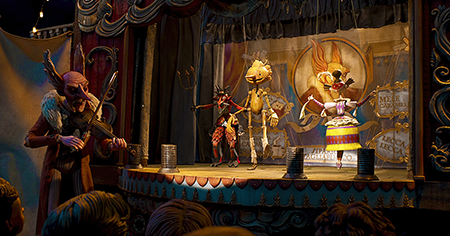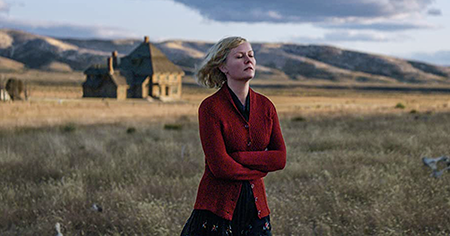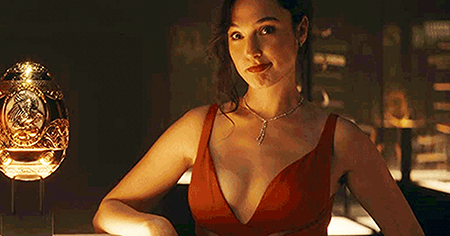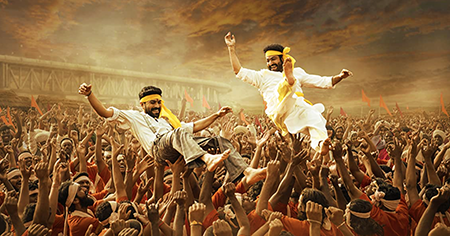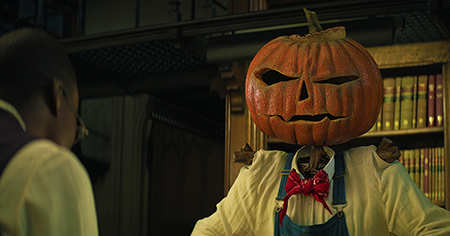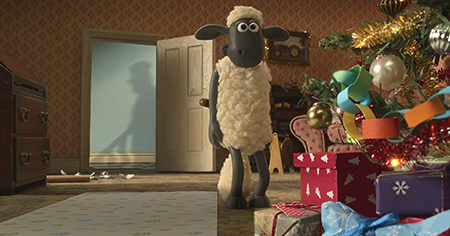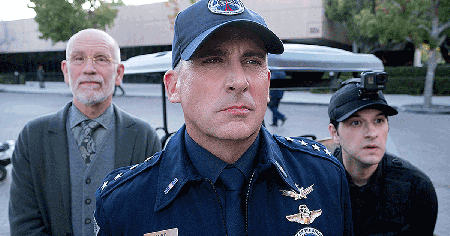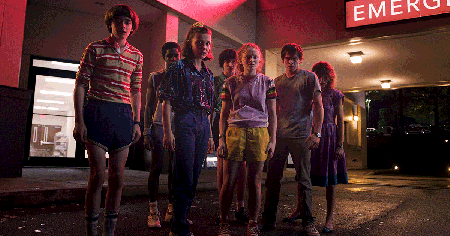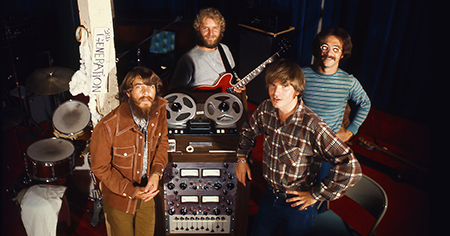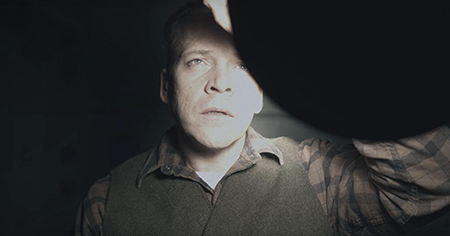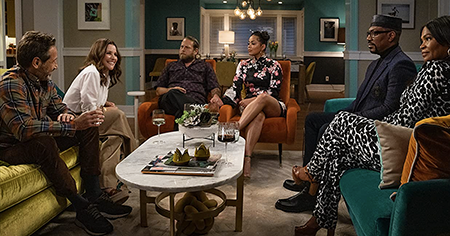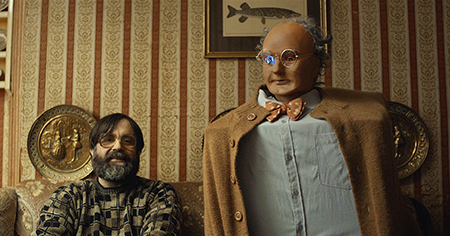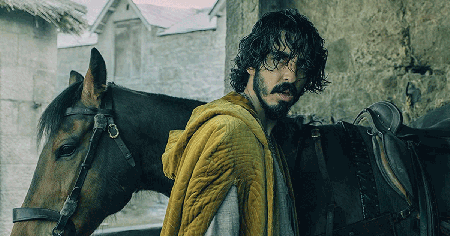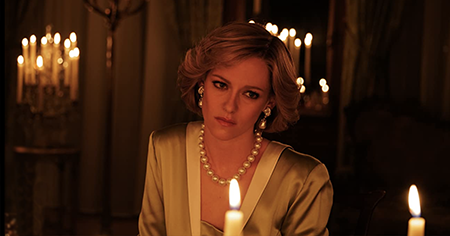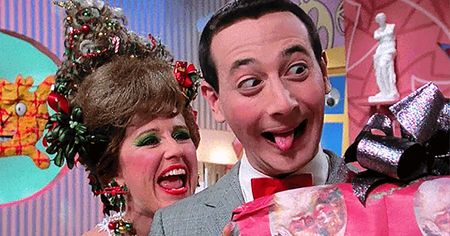Review: Pee-Wee’s Playhouse Christmas Special
also on Cineluxe
Sign up for our monthly newsletter
to stay up to date on Cineluxe
The ultimate alt holiday special holds up surprisingly well and not just as a nostalgia trip
by Michael Gaughn
updated December 3, 2023
One night about eight years ago, right around this same time of year, I had just introduced a five-year-old girl, a seven-year-old boy, and a prematurely jaded 20-year-old film student to some classic Max Fleischer cartoons and they were clamoring for more. I couldn’t find any other good ones on YouTube, so I decided to follow a train of thought—and take a big gamble—and introduce them to Pee-Wee’s Playhouse via the Christmas special.
All three sat rapt throughout. I was surprised that almost every big laugh landed and nobody in that rag-tag group was thrown by the show’s fever-dream take on the holiday. The only real comment came from the five year old, who reacted to Pee-Wee running around the playhouse screaming “It’s snowing! It’s snowing! It’s snowing!” with a vaguely admiring “He’s crazy.” I couldn’t disagree.
The Pee-Wee’s Playhouse Christmas Special is by far the best thing Paul (Pee-Wee Herman) Rubens ever did. The early seasons of the Playhouse had their flashes of brilliance, but seemed more daring than they were mainly because they were being shown on Saturday morning on CBS. By the time of the Christmas special, the series had run its course, having become a little too educational for its own good. There was really no good reason to expect anything great out of this primetime offering, let alone an act of genius.
It’s no longer possible to appreciate just how bold the Playhouse Christmas was, unapologetically deploying just about every aspect of gay subculture to challenge the dominance of the safely patriarchal Bing Crosby/Perry Como portrayal of the holiday. But the show doesn’t spring from the rage, resentment, and overweening pride that mars practically every contemporary effort along the same lines, instead showing a world of others where everyone gets along out of mutual tolerance and respect.
Just as importantly, Rubens managed to simultaneously honor longstanding comedy traditions—this is practically a textbook of classic schtick—and the comfortable conventions of the network holiday special while doing the best job since Charlie Brown of actually capturing the feel of the season, which is why it’s as strong today as when it debuted in 1988.
There’s a simple test you can take to determine whether the Pee-Wee special is for you: If the show’s opening doesn’t have you convulsed with laughter, you’d be better off watching the Hallmark Channel or Die Hard instead. The beautifully modulated series of gags in this off-the-charts production number rivals the pacing of the comic revelations in the best Chaplin shorts.
There’s little point in recounting the standout bits—although Little Richard on Ice, The Billy Baloney Christmas Special, Grace Jones in a crate, and Hanukkah with Mrs. Rennie are all classics. And it’s hard to get enough of Larry Fishburne as a very urban Cowboy Curtis. That’s not to say that the show doesn’t occasionally sag, but the cameos by Oprah Winfrey, Whoopi Goldberg, and Joan Rivers are all mercifully held to about 15 seconds each. The only truly painful moment is K.D. Lang’s incredibly misguided take on “Jingle Bell Rock,” which she clearly meant as a goof but was unable to goose above the level of a high-school talent show.
This special is from the late ’80s, before TV started aping film-production techniques, but Rubens turns all the various shortcomings of that deeply and permanently flawed medium into virtues. The playhouse is unapologetically set-bound, which reinforces the idea of a man-child living completely divorced from the outside world. (That Pee-Wee only really worked within the artifice of a children’s show helps explain why he never translated well into movies, and why his TV incarnation is way less retrograde and offensive than all the other man-children who overran the ‘80s—and plague us still.) The primitive computer graphics still work because they don’t try to be anything more than what they are—the projections of a child’s imagination. The now legendary puppetry and stop-motion animation remain brilliant.
I was surprised by how good the show looks on Netflix. But you first need to get beyond the opening animation, where a welter of artifacts makes the snowfields look like they’re covered in soot. You can’t expect a TV production from 30-plus years ago to have contemporary sharpness or subtle gradations of color—which would be way out of place here anyway. Everything is appropriately vivid and cartoony, and while there’s the occasional soft frame, there’s never anything egregious enough to pull you out of the show. [NOTE: The special isn’t currently available on Netflix, but the Pee Wee Herman YouTube channel has a restored version available here.]
Watching the Pee-Wee’s Playhouse Christmas Special is like listening to ‘20s small-group jazz—it’s impossible not to feel happy. A lot of shows cynically try to nail the feeling of holiday cheer out of a mandate to spur a nation of knee-jerk consumers to buy yet another round of crap they don’t really need and on the outside chance their not-so-special effort will become up a perennial and rack up some ill-gotten residuals. But the Pee-Wee special has something sincere about it that reminds me a lot (and don’t let this creep you out too much) of Phil Spector’s A Christmas Gift for You—another genius effort from an outsider looking for redemption in the pop-culture heart of Christmas.
Michael Gaughn—The Absolute Sound, The Perfect Vision, Wideband, Stereo Review, Sound & Vision, The Rayva Roundtable, marketing, product design, some theater designs, a couple TV shows, some commercials, and now this.
PICTURE | About as good as you could ever expect a late-’80 TV special to look—although the restored version available on the Pee-Wee Herman YouTube channel looks strangely desaturated
© 2023 Cineluxe LLC
